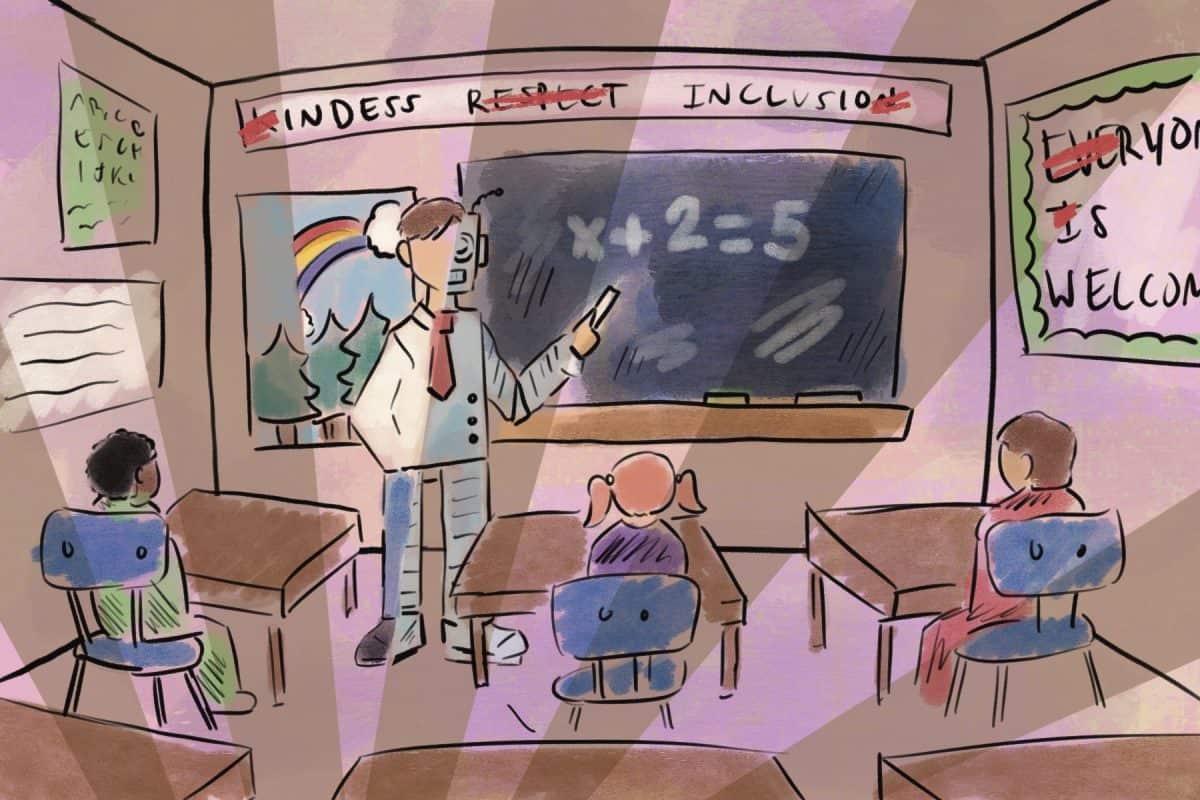When Justin Vernon, famously known as Bon Iver, burst onto the indie music scene in 2007 with his debut album, “For Emma, Forever Ago,” a wave of influence followed him.
Each song of this emotionally coherent tracklist was sonically crafted to mirror the human vulnerability of heartbreak, harmonizing raw falsettos, acoustic melodies and ambient landscapes to foster a deeply personal feeling of isolation and introspection.
The song “Skinny Love” in particular garnered Vernon immediate acclaim, leading to an 11 million-view performance of it in 2008 on the Jools Holland Show.
Vernon then released his self-titled second studio album, “Bon Iver,” in 2011, which was an even bigger individual success.
He performed the song “Holocene” on the Jimmy Fallon Show in 2012, and his medley of Bonnie Raitt’s “I Can’t Make You Love Me” and “Nick of Time” has amassed 56 million views on YouTube.
Since solidifying his status in 2011, Vernon has collaborated with artists like Taylor Swift, Eminem, Travis Scott and Lizzo — but he has only released three more studio albums in the 14 years since.
With such rarity, many wondered how Vernon’s fifth studio album, “SABLE, fABLE,” would turn out.
Any level of skepticism was put to bed, though, as it turned out to be a mesmerizing return to form, blending the band’s signature ethereal textures with a fresh experimental edge.
The album is split into two discs — four tracks on the first and nine on the second.
It should be noted that Disc 1 is made up of previously released tracks from Vernon’s late 2024 “SABLE” EP, while Disc 2 represents a more recent artistic continuation for the “fABLE” portion.
Disc 1
The first lyrical piece of the first disc, titled “THINGS BEHIND THINGS,” features persistent acoustic fingerpicking and monotone vocals, expressing a sentiment of quiet, everyday soul-searching in mundane tasks.
“I get caught looking in the mirror on the regular / And what I see there resembles some competitor / I see things, behind things, behind things,” Vernon sings.
“S P E Y S I D E,” named after the Scottish region known for its whiskey distilleries, is a tragic realization that something — likely a love — has been ruined and won’t return.
There’s perhaps symbolic weight in the reference to Speyside whiskey and using alcohol as a crutch, as Vernon sings, “Maybe you can still make a man from me, here on Speyside quay.”
The final track of Disc 1, “AWARDS SEASON,” runs a less-than-typical five minutes, longer than the current industry standard.
Vernon name-drops the album title at the two-minute mark of this track, saying, “But I’m a sable, and honey is the fable.”
According to Vernon in his recent interview with Jimmy Fallon, “sable” represents the dark, brooding component of one’s personality — self-doubt, uncertainty, grief — while “fable” stands for joy, sweetness and the idealized dreams we chase.
Disc 2
The newer rollout of Vernon’s music starts with “Short Story,” a direct melodic continuation of Disc 1’s final track.
“Short Story” contrasts “AWARDS SEASON” not only in its much shorter length but its epic instrumentation, arpeggiated keys, drums and backing vocals.
That sense of forward momentum carries into “Everything is Peaceful Love,” arguably the best song on the album. With its propulsive percussion, bouncing synths, and perfectly in-pocket falsetto, it echoes the spirit of Marvin Gaye — especially with the lyric, “I caught an offering, that’s a burning ring.”
Speaking of musical comparisons, “Walking Home” has the influence of Frank Ocean all over it, with its use of a sped-up musical sample uttering “Walk Home” that can be heard throughout.
The fourth track, “Day One,” is the first collaborative piece of the album, featuring Dijon and Flock of Dimes. Much like the preceding tracks, it is characterized by a laid-back, mellow nature that all three of these artists have seemingly mastered.
As for collaborations in general, though, the most satisfying one comes with the instrumental presence of Michael Gordon, also known as Mk.gee, on “From.”
Mk.gee holds the crown right now in the indie scene with an ethereal style that many have drawn to his predecessor in Vernon. Though Gordon can’t be heard crying out alongside his guitar work like he usually does, it is a warming sight to see his name alongside his influence in the writer notes of the album.
For this reason alone, it’s reasonable to say that “From” dethrones “Everything is Peaceful Love” as the album’s magnum opus.
Through the remainder of Disc 2, Vernon continues to utilize his Steve Winwood-esque falsetto that makes his voice instantly recognizable.
He collaborates with Danielle Haim on “I’ll Be There” and “If Only I Could Wait,” and finishes the album strong with the five-minute lyrical piece “There’s A Rhythm” and two-minute instrumentation “Au Revoir.”
Altogether, Vernon incorporates a healthy mixture of abstraction and precision across the two disks of his latest album, surprising fans both new and old with a modern revitalization of his oldest work with fresher themes but the same melodramatic formula that has made him indie royalty.
No one knows how long it will be before his next substantial work drops, but for now, fans can get their latest fill with the 14 tracks of “SABLE fABLE”.









